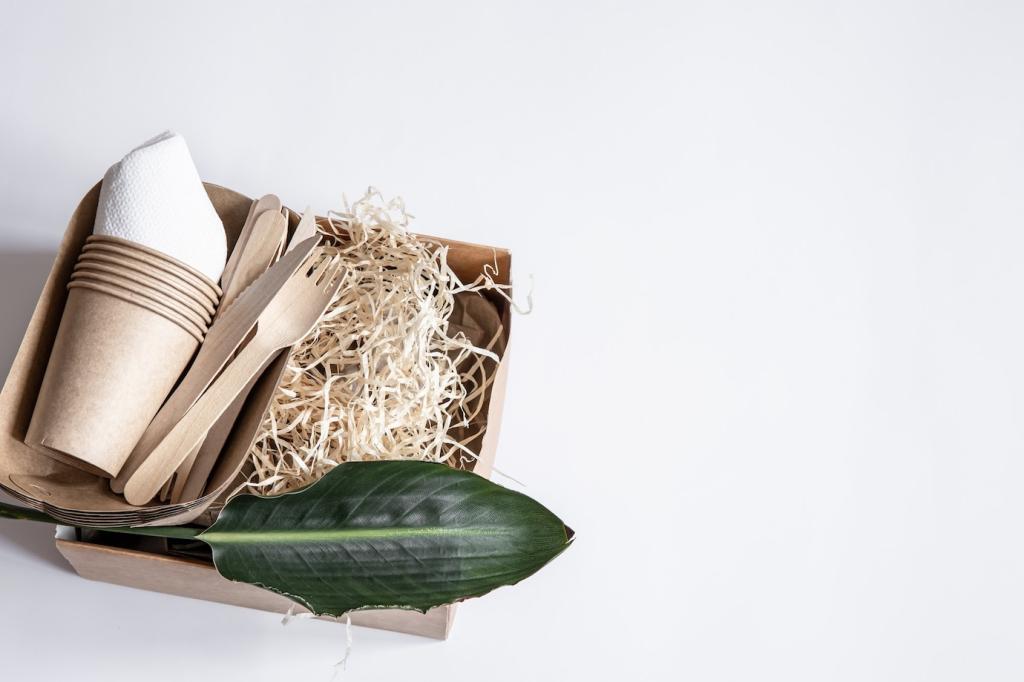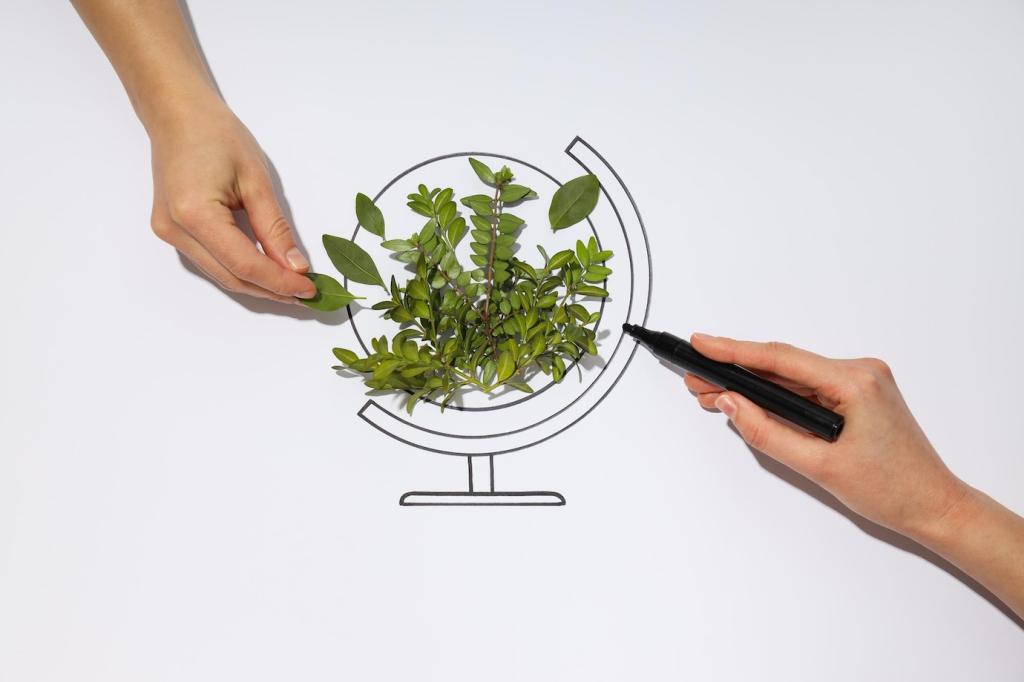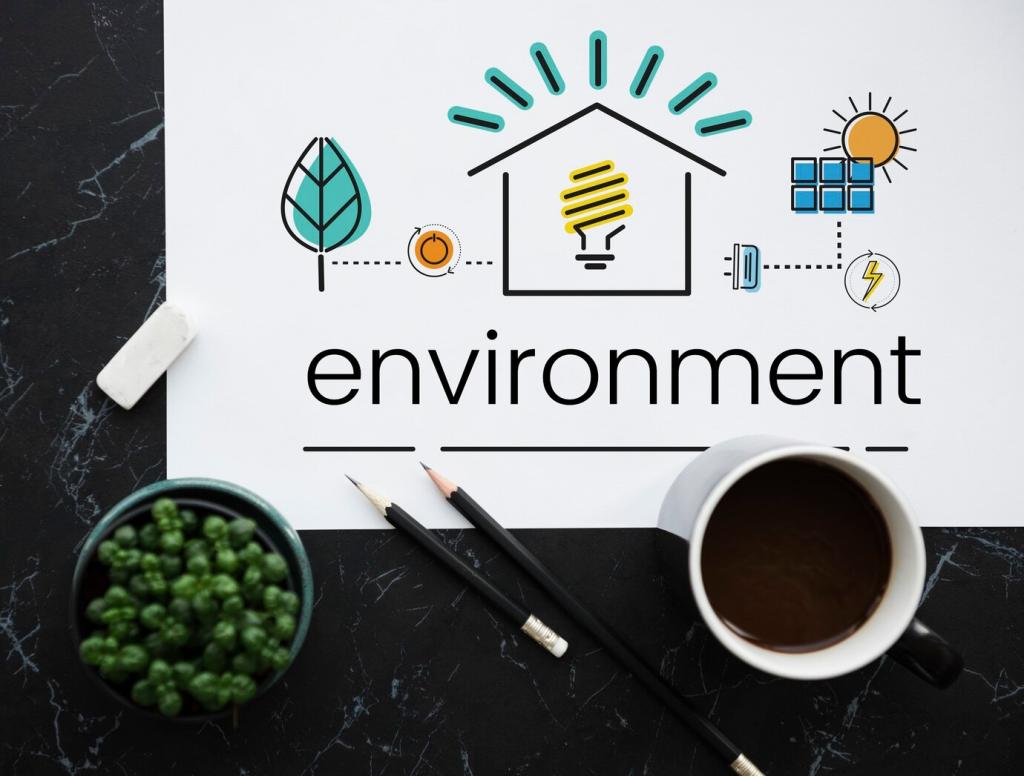Designing for a Sustainable User Experience
Today’s chosen theme: Sustainable User Experience Design. Step into a practical, inspiring space where thoughtful choices lower digital emissions, elevate usability, and build products that respect people, devices, and the planet. Subscribe to keep the momentum going.

Design for Longevity
Build features that age gracefully rather than chase fleeting trends. Prioritize maintainability, accessibility, and content clarity so updates are incremental, not wasteful. Share your strategies for longevity in Sustainable User Experience Design below.
Prioritize Performance and Simplicity
Every millisecond saved reduces energy use and human frustration. Trim scripts, defer nonessential assets, and favor native controls. Tell us how performance tuning improved your Sustainable User Experience Design outcomes and user happiness.
Measure What Matters
Adopt metrics that capture real impact: load size, render time, interaction cost, and estimated carbon output per visit. If you track these in Sustainable User Experience Design, comment with your benchmark numbers and lessons learned.

Energy-Efficient Interfaces in Practice
Use modern formats, responsive imagery, and adaptive quality. Replace heavy hero videos with narrative illustrations or SVG. In your Sustainable User Experience Design projects, which media trade-offs protected meaning while shrinking payloads?
Energy-Efficient Interfaces in Practice
Dark themes on OLED can reduce power, but legibility rules. Validate contrast and let users choose. Share how color systems in your Sustainable User Experience Design reduced energy while maintaining accessibility and brand character.
Start with messaging that answers real questions. If a sentence solves it, skip the carousel. In Sustainable User Experience Design, concise copy often removes entire interface layers and their environmental overhead.




Reusable Components, Fewer Rebuilds
Ship a small, proven set of primitives. Each reuse saves time, download size, and decision fatigue. Tell us how your system accelerated Sustainable User Experience Design across teams without bloating bundles.
Tokens that Encode Sustainability
Bake energy-aware choices into design tokens: motion intensity, color options, spacing, and type scales. If your tokens promote Sustainable User Experience Design by default, describe their impact and adoption journey.
Documentation as a Carbon-Saving Tool
Clear docs reduce meetings, rebuilds, and splintered patterns. Link guidelines to performance budgets and accessibility criteria. Subscribe to receive our Sustainable User Experience Design checklist for system documentation that drives real-world savings.

Metrics, Tools, and Community Engagement
Tools You Can Use Today
Try Lighthouse, WebPageTest, and Website Carbon Calculator. Explore CO2.js to estimate emissions. Comment with your Sustainable User Experience Design tool stack and the most surprising insight you uncovered from your latest audit.
Set Targets, Not Vibes
Define budgets for kilobytes, requests, and emissions per visit. Track regressions in CI. If your team practices Sustainable User Experience Design, share your targets and how you celebrate hitting them together.
Join the Conversation
Share successes, hurdles, and experiments in the comments. Invite teammates to subscribe for weekly patterns and case studies in Sustainable User Experience Design so our community grows wiser, lighter, and more impactful.
